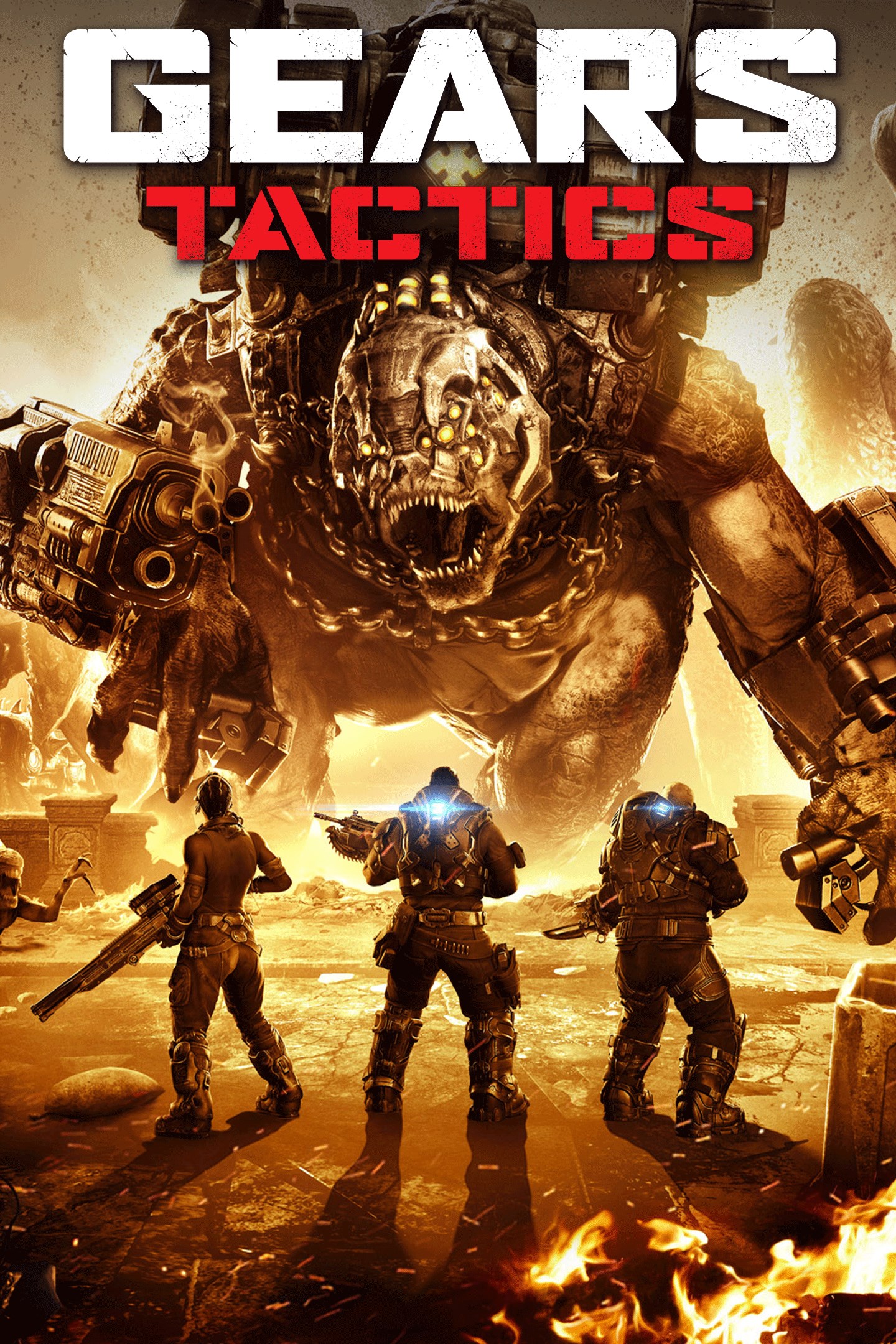Dialogue: Makes You Laugh or Cringe?
Introduction
Dialogue is the backbone of storytelling, whether in films, books, or everyday conversations. It can evoke laughter, deepen emotional connections, or—when poorly executed—make audiences cringe. But what separates witty, engaging dialogue from awkward, unnatural speech? This article explores the fine line between humor and discomfort in dialogue, examining why some lines land perfectly while others fall flat.
1. The Power of Well-Written Dialogue
Great dialogue feels effortless, yet it requires careful crafting. Writers like Aaron Sorkin (The Social Network) and Quentin Tarantino (Pulp Fiction) are masters of sharp, memorable exchanges. What makes their dialogue stand out?
- Authenticity – People don’t speak in perfect sentences. Realistic dialogue includes interruptions, slang, and incomplete thoughts.
- Purpose – Every line should reveal character, advance the plot, or create tension.
- Rhythm – Good dialogue has a musical quality—pauses, beats, and varying sentence lengths keep it engaging.
Example:
"You can’t handle the truth!" (A Few Good Men) – This line works because it’s direct, emotional, and reveals the character’s frustration.
2. When Dialogue Makes You Laugh
Humor in dialogue often comes from:

- Timing – A well-placed pause or unexpected punchline catches audiences off guard.
- Character Quirks – Unique speech patterns (e.g., Deadpool’s sarcasm) make lines funnier.
- Subversion – Playing with expectations (e.g., "That’s what she said") creates comedic moments.
Example:
"I’m not superstitious, but I am a little stitious." (Michael Scott, The Office) – This works because it’s a clever twist on a common phrase, fitting Michael’s awkward charm.
3. When Dialogue Makes You Cringe
Bad dialogue often suffers from:
- Exposition Dumps – Characters explaining things unnaturally ("As you know, Bob, our mission is to save the world…").
- Forced Wit – Trying too hard to be funny (e.g., "I’m not like other girls" clichés).
- Lack of Subtext – People rarely say exactly what they mean; overly direct dialogue feels robotic.
Example:
"I don’t like sand. It’s coarse and rough and irritating, and it gets everywhere." (Anakin Skywalker, Star Wars: Episode II) – This line is infamous for being overly literal and awkward.
4. The Role of Delivery
Even great writing can fail with poor delivery, and mediocre lines can shine with the right performance. Consider:
- Acting Choices – A sarcastic tone can save a cheesy line.
- Context – A dramatic line might work in one scene but feel ridiculous in another.
- Cultural Nuance – Jokes that land in one language may not translate well.
Example:
"I’ll be back." (Arnold Schwarzenegger, The Terminator) – Simple, but iconic due to his deadpan delivery.
5. How to Write Better Dialogue
Want to avoid cringe and craft engaging conversations? Try these tips:
- Read It Aloud – If it sounds unnatural when spoken, rewrite it.
- Study Real Conversations – Eavesdrop (ethically!) to understand natural speech patterns.
- Cut the Fluff – Remove unnecessary words; dialogue should be concise.
- Use Subtext – Let characters imply things rather than state them outright.
Conclusion
Dialogue can be the most memorable part of a story—or its weakest link. The difference between laughter and cringe lies in authenticity, purpose, and execution. Whether you're writing a screenplay, novel, or just trying to be funnier in conversations, mastering dialogue is key. So next time you hear a line that makes you groan or grin, ask yourself: What made it work (or not)?
Final Thought:
"Good dialogue isn’t about what’s said—it’s about what’s left unsaid."
Would you rather hear a joke that makes you laugh or a line so bad it’s funny? Share your favorite (or least favorite) dialogue moments in the comments!
Tags: #Dialogue #Screenwriting #Humor #Cringe #Storytelling #WritingTips #FilmAnalysis


















